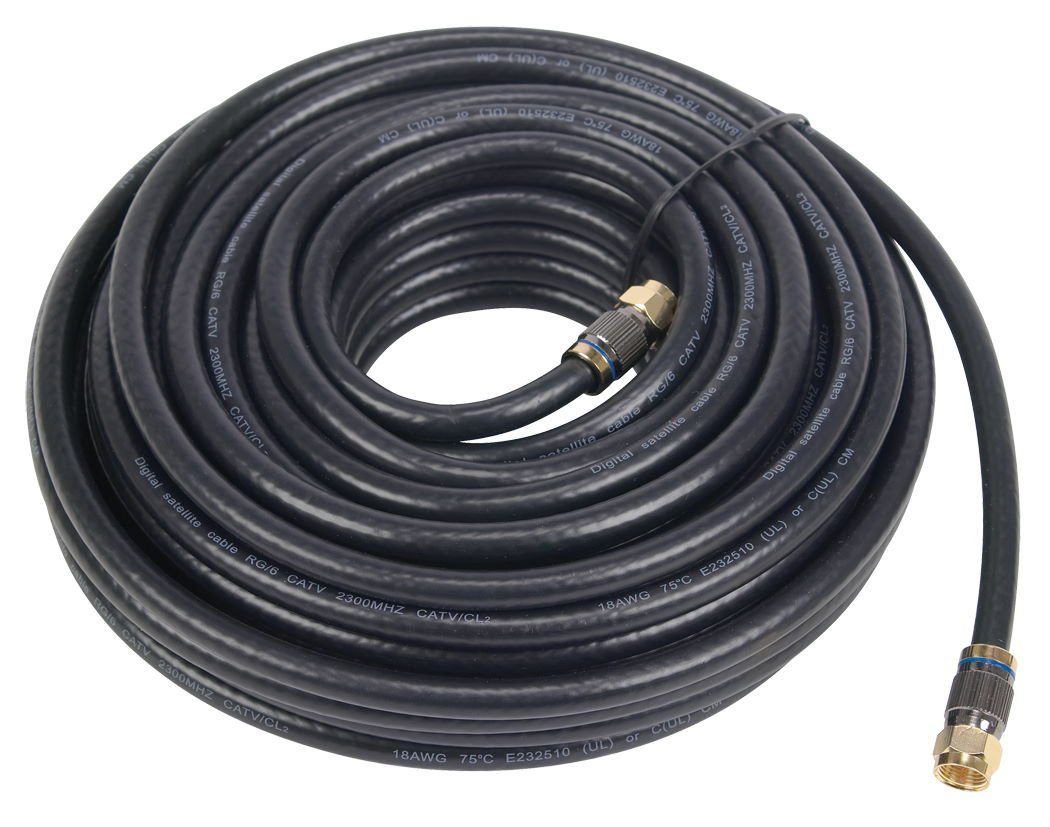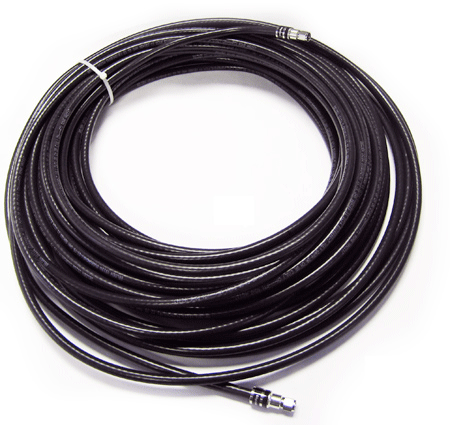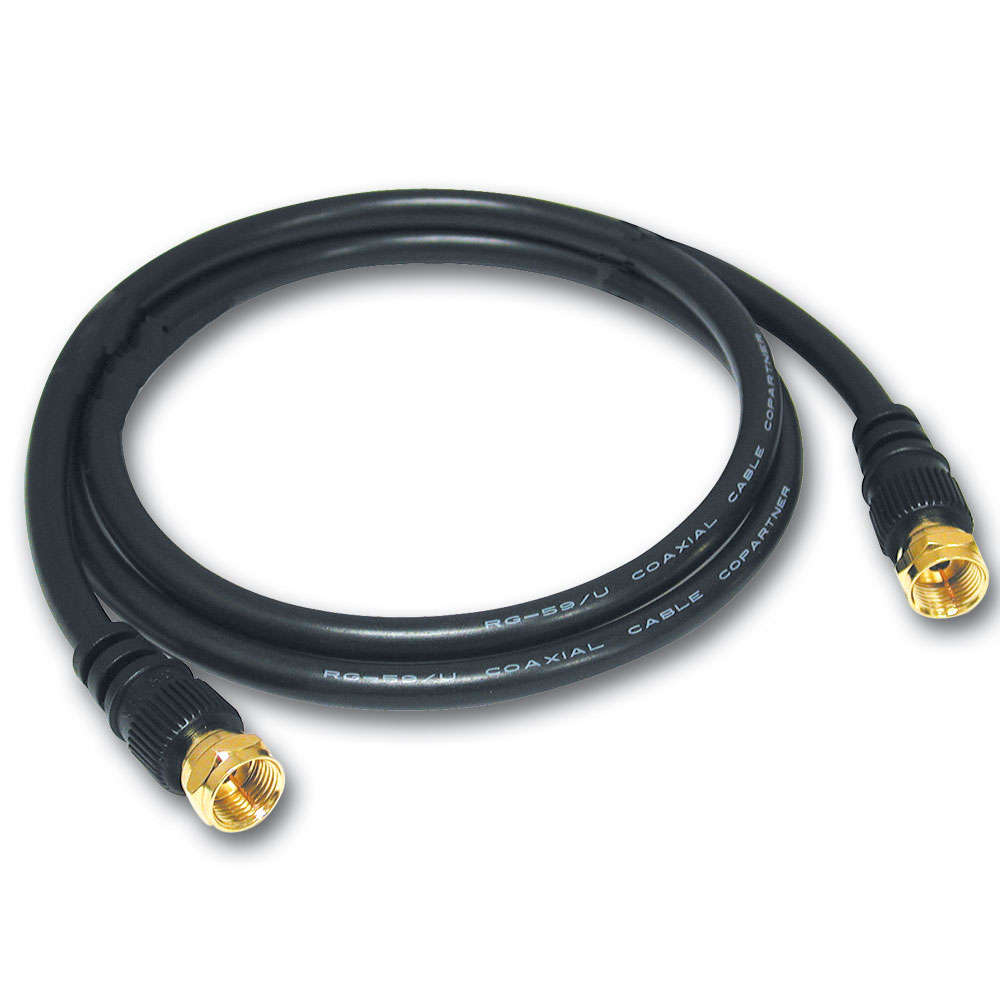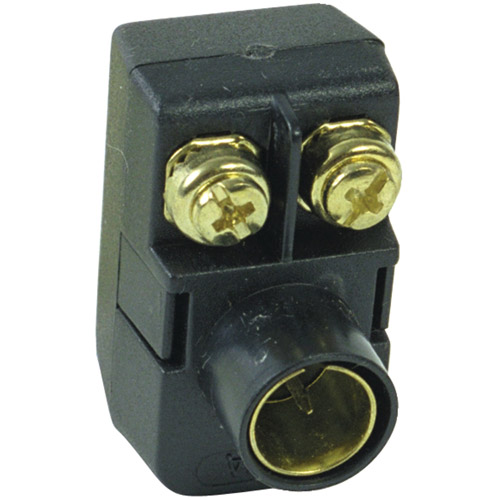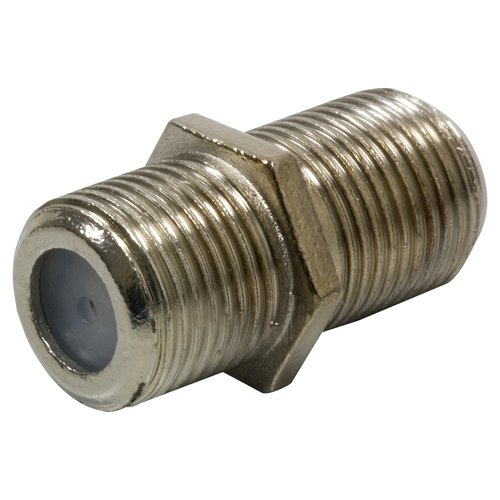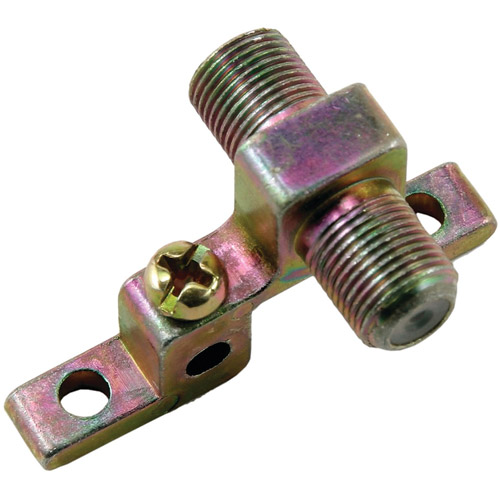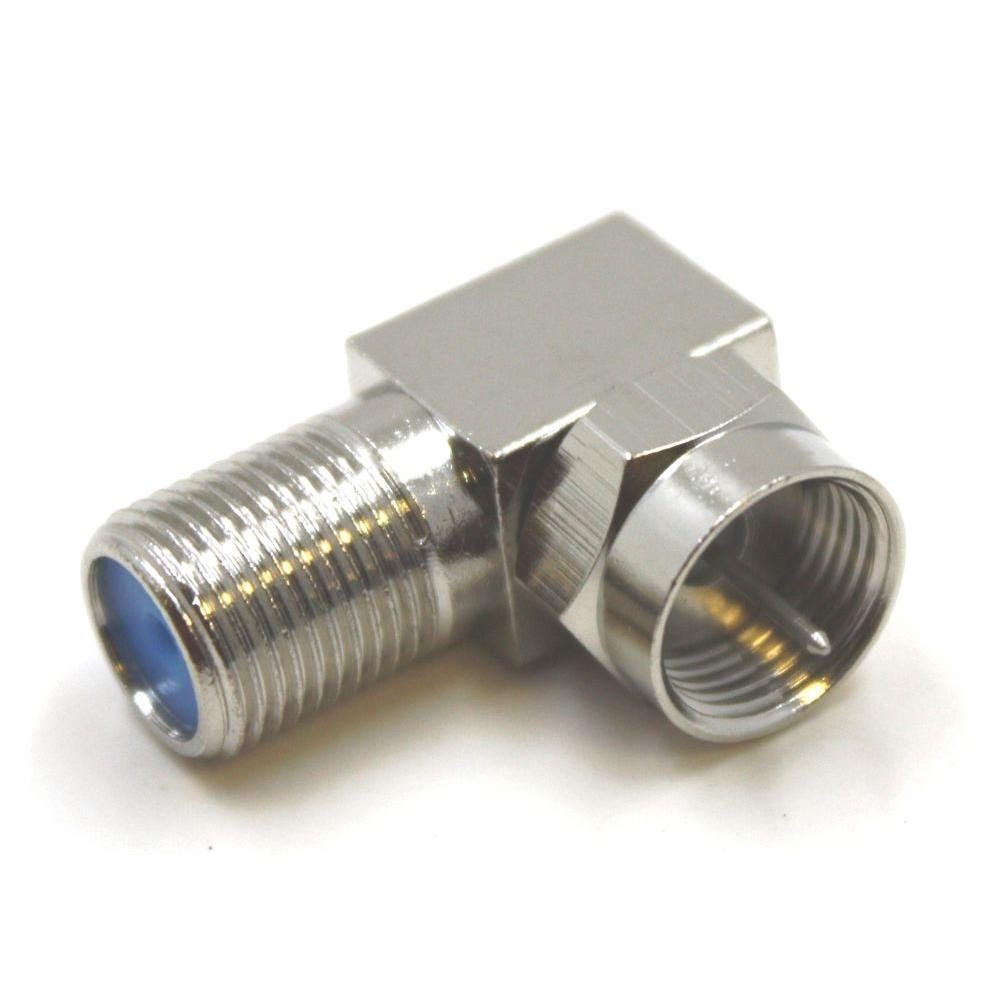The cable (feed line) you use between your antenna and TV depends on how long it is. For most indoor antennas, the feed line will be supplied with the antenna, and you can add an extension to make it longer. For most outdoor antennas, choose a high-quality RG6 cable with "F" connectors pre-attached (unless you know how to attach them and have a crimping tool).
| |
• RG6/U coaxial cable
- use for typical antenna feed lines
- max attenuation = 5.7 dB per 100 feet
- 18 gage solid conductor
- available with a separate ground conductor |
|
• RG11/U (or QR-320) coaxial cable
- use for long feed lines (> 75 feet)
- max attenuation = 3.7 dB per 100 feet
- 14 gage solid conductor
- from Amazon & Antennas Direct & Solid Signal
|
|
• RG59/U coaxial cable
- avoid for feed lines (too much attenuation)
- OK for very short interconnects (<10 feet)
- max attenuation = 9.7 dB per 100 feet
- 20 gage solid conductor |
|
| |
• Matching transformer with twin-lead pigtail
- sometimes called a "balun"
- connects 300-ohm antenna to 75-ohm coaxial cable
- usually supplied with the antenna if required
- available at Radio Shack or Home Depot or Walmart |
|
• Matching transformer with screw terminals
- aka "balun"
- for loops and antennas with twin-lead cables
- connects 300-ohm antenna to 75-ohm coaxial jack
- available at Radio Shack or Walmart
|
|
• Double-female barrel / extension connector
- use to join 2 cables with "F" connectors
- can extend cable attached to indoor antenna
- available at Radio Shack or Home Depot or Walmart |
|
• Grounding block
- use to ground coax feed line
- attach to suitable earth ground
- available at Radio Shack or Home Depot or Walmart |
|
• Right angle connector
- makes a hard 90-degree turn at end of coax
- useful behind wall-mounted TV
- available at Radio Shack or Home Depot or Walmart |
|
WARNING: Your antenna (sometimes with a fastener on the mast) and feed line MUST be grounded. Your antenna may have instructions for grounding; if so, be sure to follow them. Use a suitable ground wire (or coax feed line that includes a suitable ground wire) to connect the antenna and/or mast to a suitable ground as defined by National Electric Code (NEC). No splices or connections are allowed in the ground wire between the mast and the ground. You should also ground the coax feed line with a grounding block which is also connected to a suitable ground. Grounding MUST be done per the NEC AND any additional local codes in your town. Some towns may also require a building permit and inspection.
Links:
• Channel Master General Installation Info
• Winegard Wiring Guides
|
